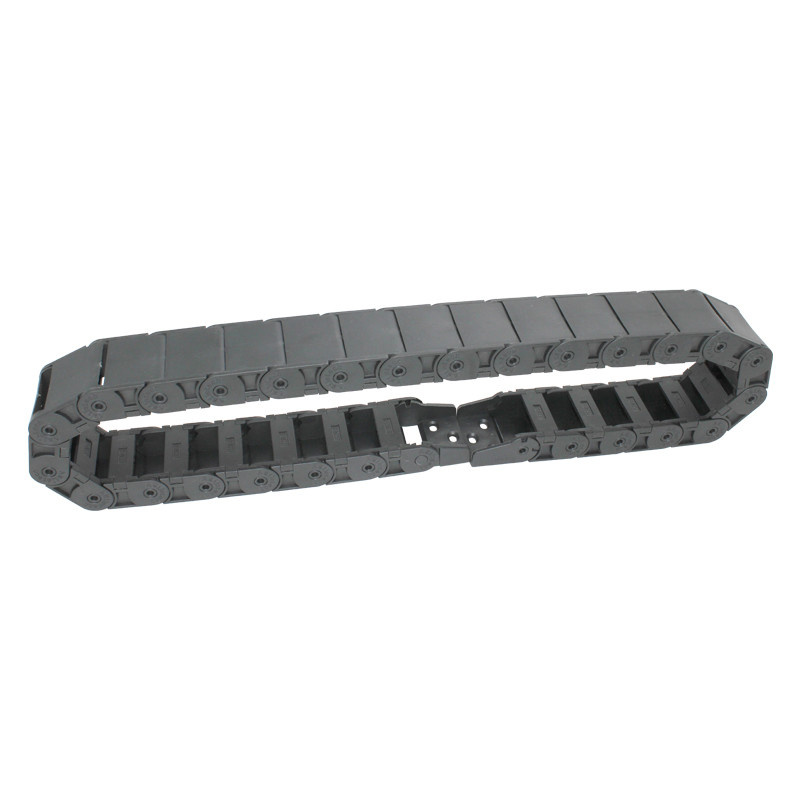Exploring the Benefits and Applications of Split Tubing in Various Industries and Projects
Understanding Split Tubing A Versatile Solution for Cable Management
In today's fast-paced technological landscape, efficient cable management is essential for both safety and performance. One product that has gained significant attention in this domain is split tubing, a versatile and practical solution designed to protect and organize wires and cables in various applications.
What is Split Tubing?
Split tubing, also known as slit tubing or split wire loom, is a protective covering for wires and cables that allows for easy installation and maintenance. Typically made from materials like polyethylene, PVC, or nylon, split tubing is designed with a longitudinal slit along its length, allowing users to easily insert or remove cables without the need to dismantle existing setups. This feature makes split tubing particularly useful in environments where wires are frequently modified or rearranged.
Benefits of Using Split Tubing
1. Protection The primary function of split tubing is to safeguard wires from physical damage. This can include protection from abrasion, contact with sharp edges, and exposure to various environmental factors such as moisture, chemicals, and UV light. By shielding cables, split tubing helps reduce wear and tear, prolonging the lifespan of electrical components.
2. Cable Organization In both residential and commercial settings, managing a tangle of cables can be a daunting task. Split tubing provides a neat and streamlined appearance, allowing for better organization of electrical lines. This not only enhances the aesthetic of a workspace but also reduces the risk of accidental disconnections or short circuits due to tangled wires.
split tubing

3. Easy Installation and Maintenance One of the standout features of split tubing is its user-friendly design. Because of the slit opening, users can easily slide wires in and out without needing to disconnect them from their power sources. This accessibility makes repairs or replacements quick and efficient, saving time and labor costs.
4. Versatility Split tubing comes in various sizes and materials, making it suitable for a wide range of applications. From automotive and aerospace industries to home entertainment systems, its adaptability allows it to meet the specific needs of different projects. Users can select tubing that best matches their cable sizes and environmental needs, ensuring optimal protection.
5. Cost-Effective Compared to other cable management solutions, split tubing is often more affordable and can be purchased in bulk. This cost-effectiveness, combined with its protective capabilities, makes it a popular choice for both DIY enthusiasts and professional electricians.
Applications of Split Tubing
The applications of split tubing are vast and varied. In the automotive industry, it is commonly used to protect wiring harnesses from heat and friction, ensuring that vehicles operate safely and efficiently. In the telecommunications sector, split tubing helps manage fiber optic cables, safeguarding them from potential hazards. Furthermore, in industrial settings, it can protect delicate instrumentation cables from harsh conditions.
Conclusion
As technology continues to evolve, the importance of effective cable management will only increase. Split tubing stands out as a practical, versatile, and cost-effective solution to meet these growing demands. Its ability to protect, organize, and simplify maintenance makes it an essential tool in various fields, from home repairs to complex industrial applications. Whether you're an avid DIYer or a professional in the field, incorporating split tubing into your projects can lead to enhanced safety, efficiency, and overall satisfaction.








